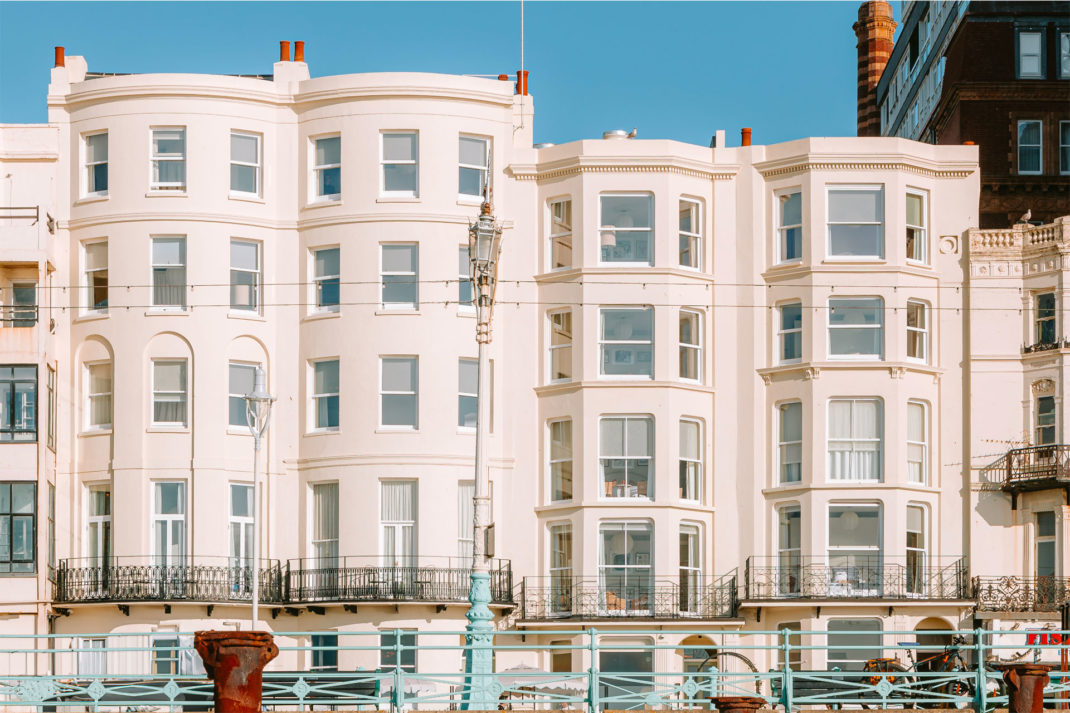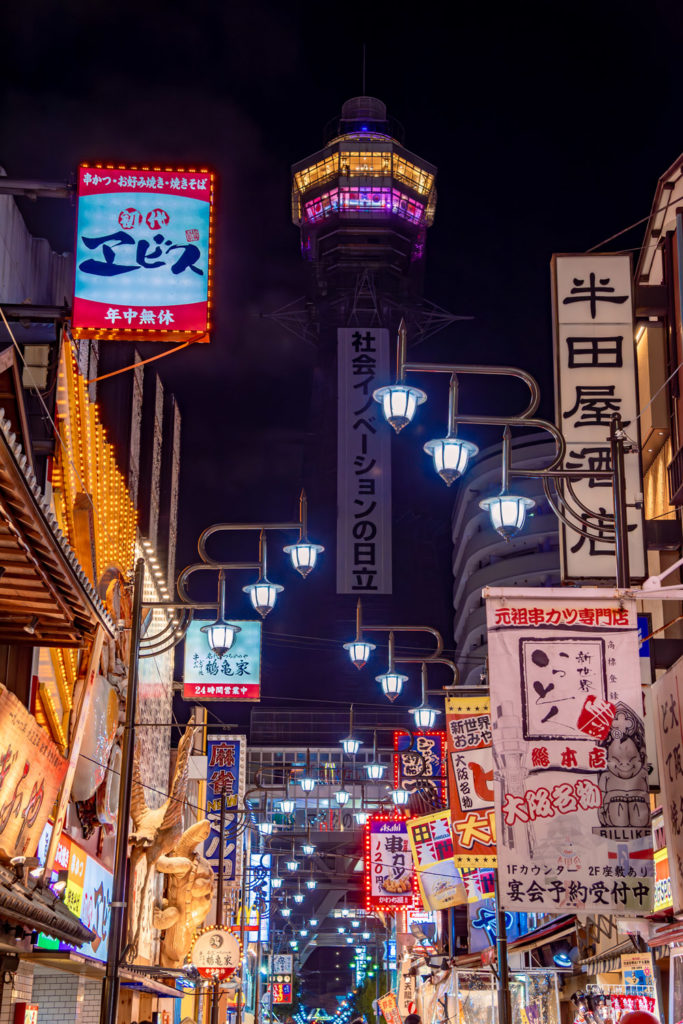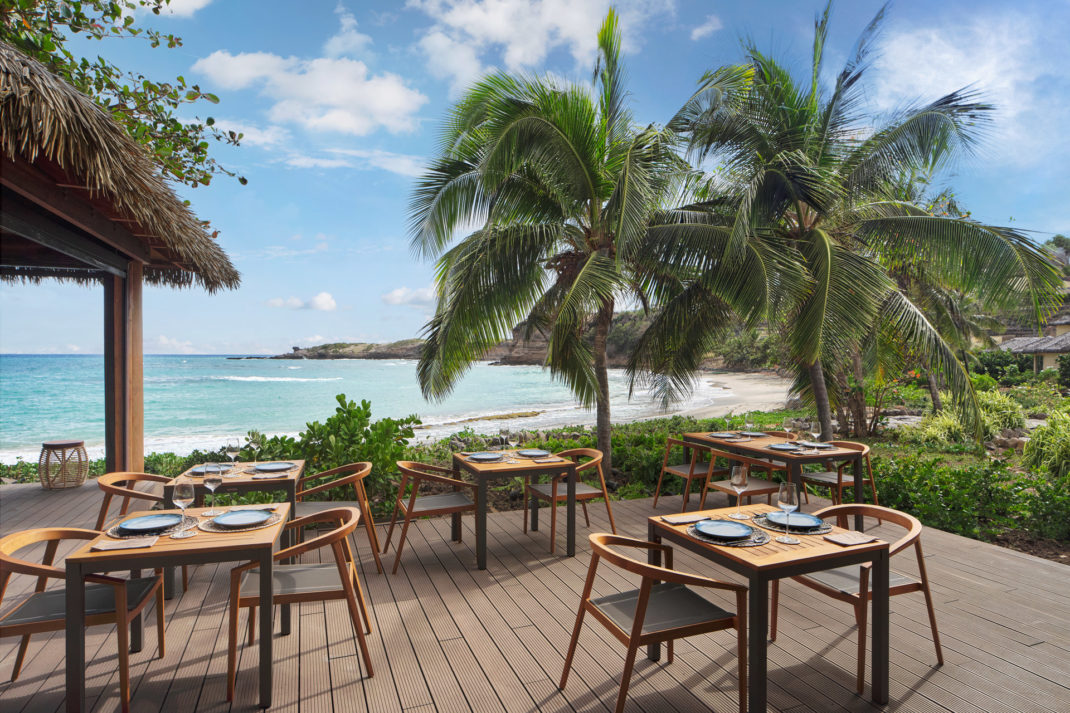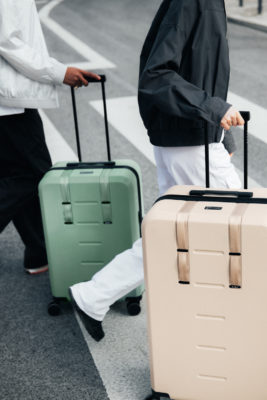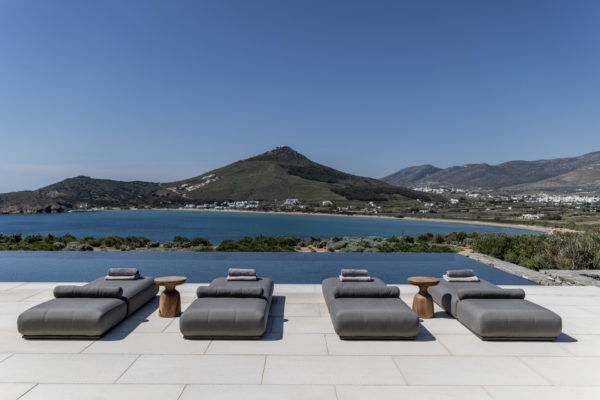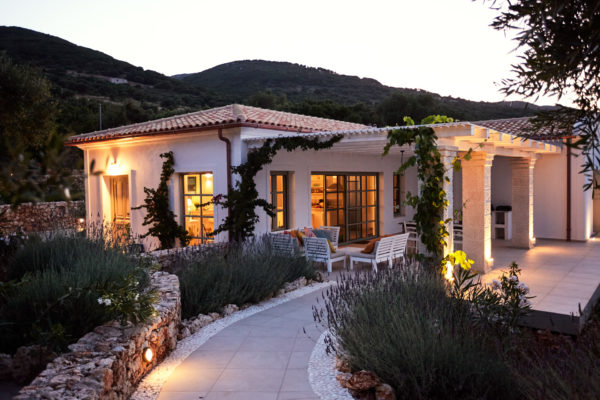How To Spend A Weekend In Maastricht
By
1 year ago
Richard Hopton explores this charming Dutch city
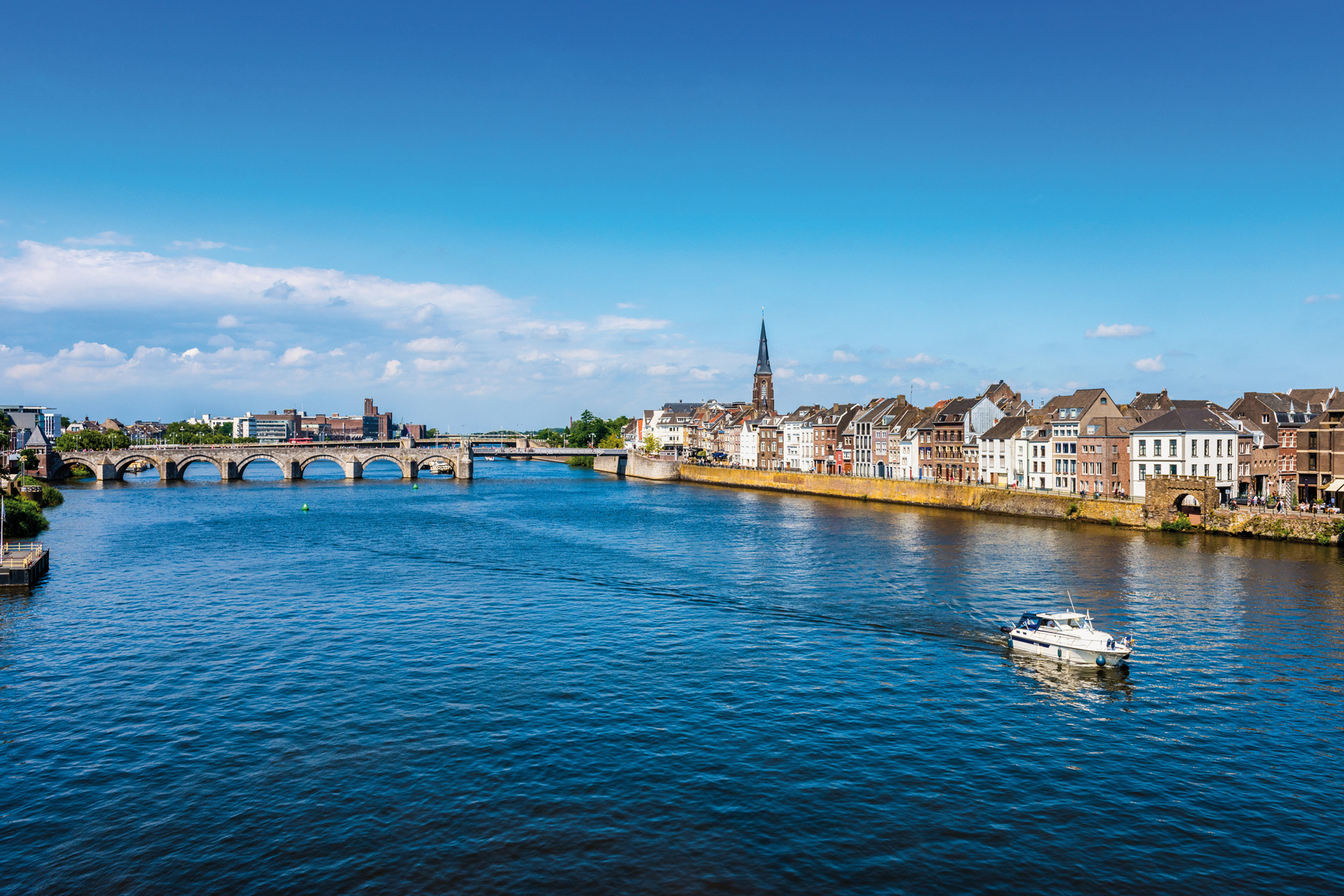
Maastricht is an ancient city that wears its history lightly. It owes its origins to the Romans but was also the country’s first industrial centre. Nowadays, the city, which sits astride the mighty River Maas, offers the visitor an alluring mix of old and new. It occupies a salient in the south-east of the country and considers itself a place apart: the city’s inhabitants speak a dialect of Dutch and are proud of their separate identity.
A Guide To Maastricht

The River Maas flows through the centre of Maastricht.
Checklist
- SEE: The Sphinx Passage. This tiled tableaux 120m long, connecting the Eiffel building with the Pathé cinema, illustrates the history of Maastricht’s ceramics industry, the foundation of its industrial prosperity and once its biggest employer.
- DO: Explore the vast limestone Jezuïetenberg caves on the outskirts of the city, which house an eccentric collection of religious art. jezuietenberg.eu
- TASTE: The Mes Amis Wijn restaurant doubles as a wine shop specialising in Dutch wine, which is unknown in Britain but well worth trying. mesamis.nl
- LISTEN: The celebrated violinist André Rieu was born in Maastricht and holds concerts with his orchestra every summer in the city’s main square, the Vrijthof, which play to huge audiences. andrerieu.com
- DO: The country surrounding Maastricht, the Limburg, is, untypically for Holland, a region of gently rolling, wooded hills, which makes great walking country. visitzuidlimburg.com
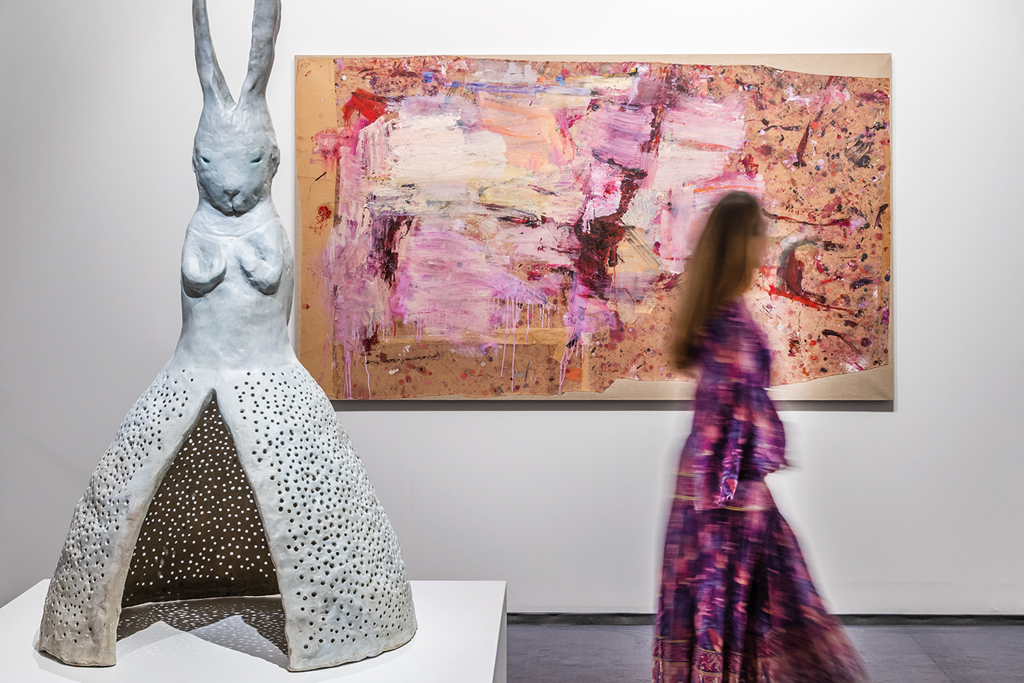
Catch world-class art at TEFAF
Internationally, Maastricht is known for The European Fine Art Foundation (TEFAF) art fair that is held in the city each March. Founded in 1987, it is now a world-class event that attracts 250 international dealers. It’s a mecca for anyone wanting to see or buy the finest art, attracting a host of museum curators and collectors every year. Florus van der Ven, who deals in Chinese antiquities and is the nephew of one of TEFAF’s founders, describes it as, ‘A fair conceived by dealers, for dealers.’ Michael H. Beck, owner of German modern art dealer Beck & Eggeling, gave an eye-catching example of the quality of artefact on offer at TEFAF when he passed around a stunning small Picasso of a humming bird from 1939, worth around €1 million.
For the more casual visitor, Maastricht is a charming, gently paced city accessible via Eurostar from London, ideal for a weekend break. The historic centre, with its cobbled streets, graceful squares and pretty houses, is a delight to explore on foot. The city’s principal art gallery, the Bonnefanten, located in a striking modern domed building on the banks of the Maas, houses a splendid collection of less well-known but nonetheless interesting Dutch Old Masters, medieval sacred sculpture, some magnificent Dutch silver and varied displays of contemporary art.
The Basilica of St Servatius boasts an elegant cloister and a treasury with a glittering collection of ecclesiastical plates. Also, drop into the spectacularly located bookshop in a desanctified Dominican church in the city centre. The House for Contemporary Culture stages four exhibitions a year in a beautiful 17th-century town house, typical of Maastricht’s Golden Age.
There are many excellent hotels in the city centre but for a more peaceful, sylvan setting there is the Château St. Gerlach surrounded by a delightful park on the outskirts of the city. Maastricht is a place of pilgrimage for foodies: Château Neercanne and Au Coin des Enfants, both excellent, are Michelin-starred establishments. Among many other first-class eateries is the city’s best Lebanese restaurant, Safar.
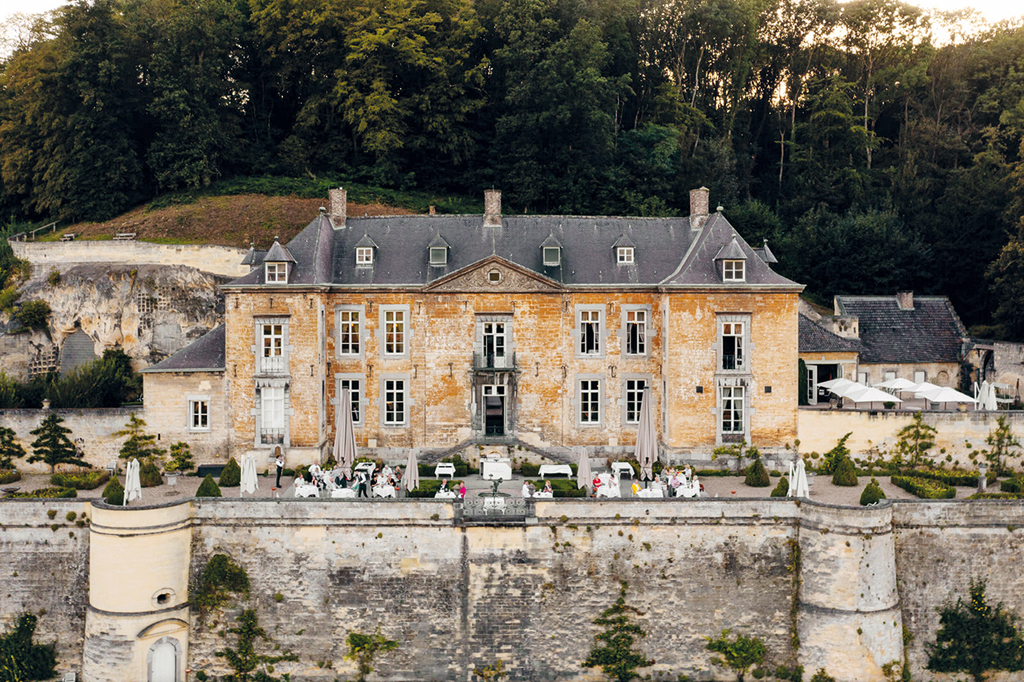
Château Neercanne © Chantal Arnts
Richard was a guest of Maastricht Marketing (maastricht-marketing.nl) and TEFAF (tefaf.com) staying at Château St. Gerlach (oostwegelcollection.nl). His return trains had a carbon footprint of approximately 6kg CO2e.

